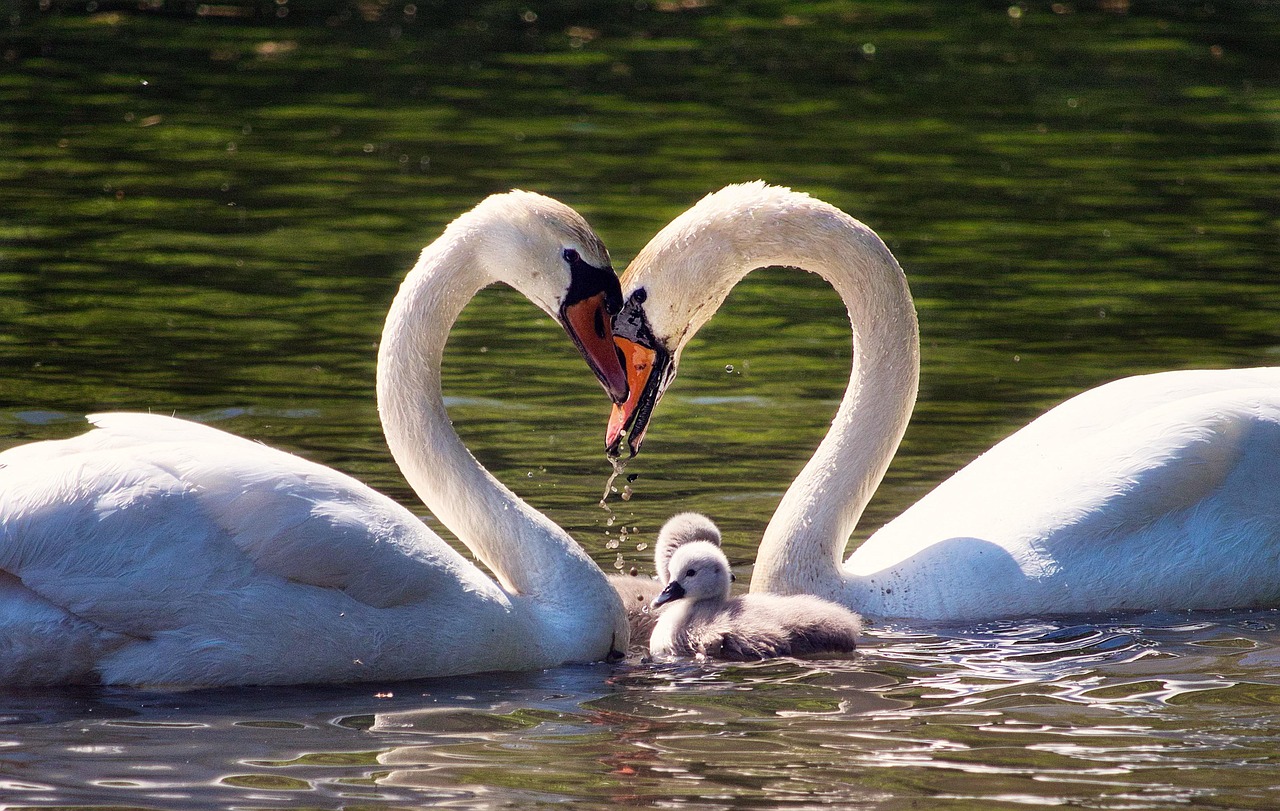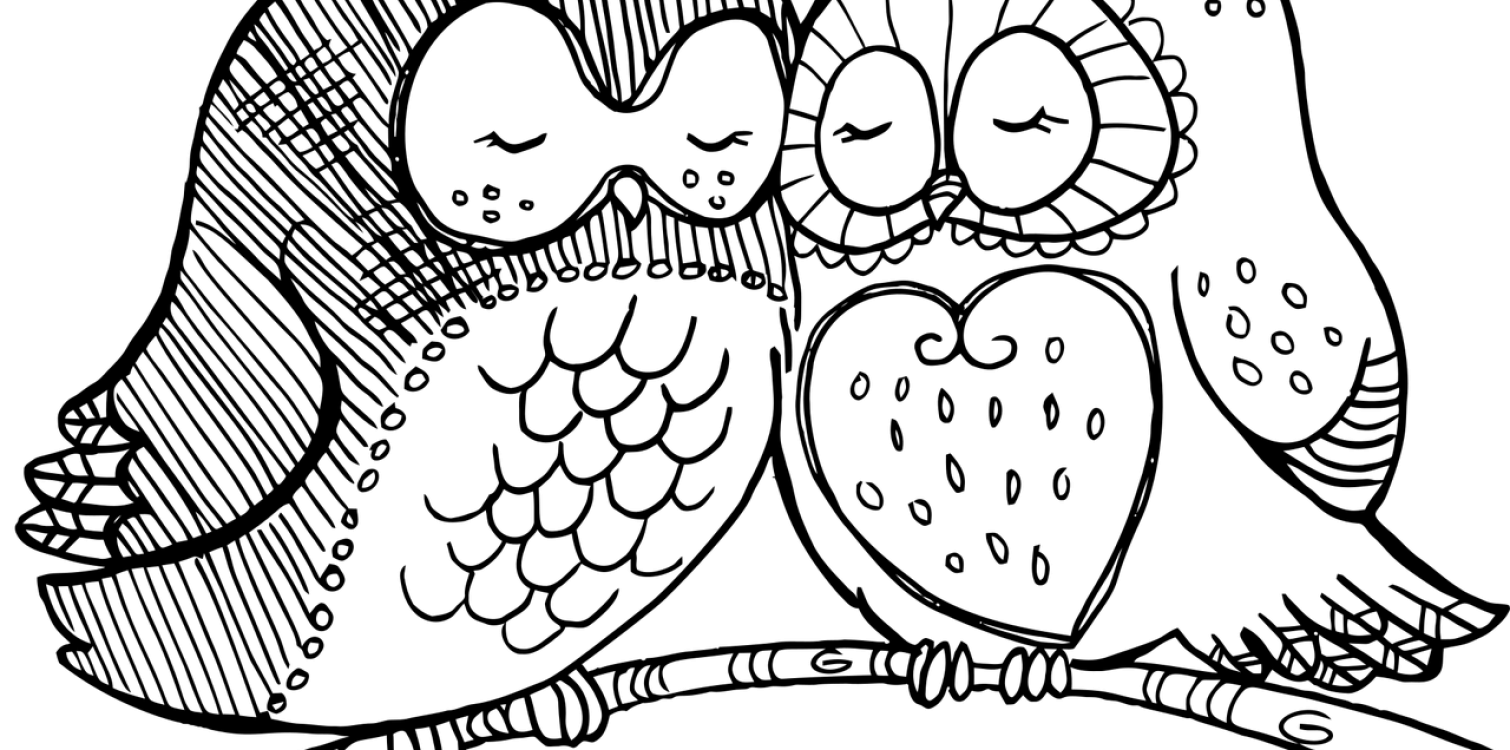In Slovenia, we have our own version of Valentine’s Day; it is called Gregorjevo (Saint Gregory´s Day)
Gregorjevo marks the farewell to darkness, as the days begin to lengthen, bringing more daylight with them. This meant that shoemakers, blacksmiths, and other craftsmen, especially in the Gorenjska region, could stop working by artificial light—candles and later kerosene lamps were no longer needed, as there was already enough natural light. In some craft and industrial towns of Gorenjska, before World War II, it was said that St. Gregory "throws the light into the water." They would throw a piece of wood with burning shavings soaked in resin or a candle into smaller rivers and streams. This tradition has been preserved, and today we see it in the form of "vuč u vodo" (light into the water), represented by numerous gregorčki—little houses and boats with candles that children launch into streams.

Source: Pixabay
DID YOU KNOW?
-
Gregorjevo is associated with various customs and traditions. In the past, girls would curiously look up at the sky. The first bird they saw was believed to predict the type of husband the girl would have.
-
On the eve of the holiday, "gregorčki" are launched into the water in many places across Slovenia. The most well-known locations include Tržič, Kropa, Kamna Gorica, and the Gradaščica River in Ljubljana. In Kropa and Kamna Gorica, little boats were launched into the Kroparica and the streams coming from Lipnica, while in Železniki, small wooden planks with some resin burned were released into the Selška Sora.
-
In Kropa, on the day of releasing the gregorčki, there was also a 'bird wedding' (tičja svatba) Birds had their own 'feast,' and the treats—dried fruit and pastries from the bird wedding—were left in the bushes and trees, where children could find and enjoy them. This was a way for parents to delight their youngest.
-
The oldest record of the custom of setting fire to floating objects dates back to 1854 and was found in Železniki.
-
Until the 16th century, when the old Julian calendar was in use, St. Gregory's Day was celebrated on the first day of spring, during the spring equinox. With the switch from the Julian to the Gregorian calendar in 1582, St. Gregory's Day moved back, and it is now celebrated on March 12. The new calendar system was introduced by Pope Gregory XIII., and the Gregorian calendar began in the Austrian Empire in 1584. The calendar is named after Pope Gregory XIII., and the celebration is named after Gregory I, commonly known as Gregory the Great. Gregory the Great died on March 12, 604. The Roman Catholic Church no longer commemorates his feast on the day of his death but on September 3, the day he became pope. In Slovenia, seven churches were built in his honor.
-
According to legend, St. Gregory, as a baby, floated to a craftsman—a miller—in a wooden object.

